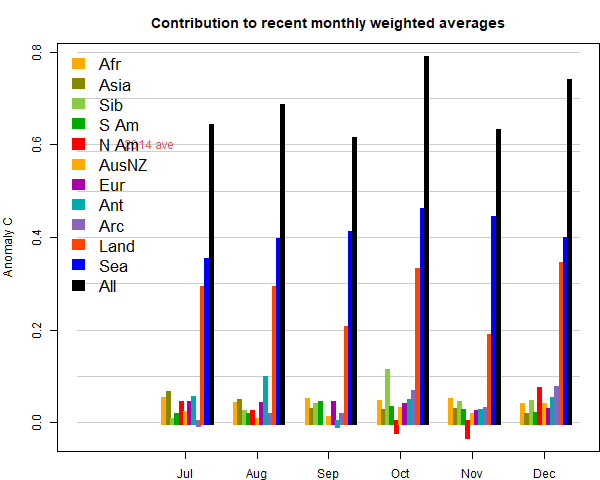The GISS land/ocean temperature anomaly fell 0.21°C last month. The November anomaly average was 0.77°C, down from October 0.98°C. A big fall, exceeding the TempLS fall of 0.163°C. Both indices reversed a very similar rise in October. Jim Hansen's report is here.
The overall pattern was similar to that in TempLS. Cold in Canada and US, except W Coast. Warm in E Siberia and Alaska, and most of Arctic except near Canada. Quite warm in Europe and Africa. A warm band in the equatorial Pacific.
As usual here, I will compare the GISS and previous TempLS plots below the jump.
Natural Gas or Coal, do we have a choice?
4 hours ago














